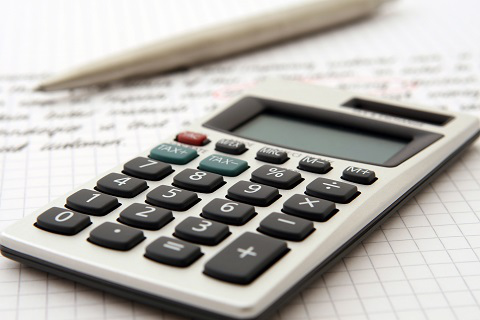Included in Strategic Taxable Goods, LNG is VAT-Free

The government includes Liquefied Natural Gas (LNG) as one of the taxable goods that are considered strategic in nature, so they are entitled to get Value Added Tax (VAT) and Import VAT exemption facilities.
This is confirmed in the Minister of Finance Regulation (PMK) Number 15/PMK.03/2021 which replaces the former regulation, namely, PMK Number 268/PMK.03/2015. The aims are to increase legal certainty and ease of doing business.
In the previous regulation, there were only 9 taxable goods that were considered strategic, exempted from Import VAT collection, and 11 goods whose transfer were exempted from VAT.
Strategic taxable goods that are Import VAT-free include:
- Machinery and factory equipment
- Goods resulting from business activities in the fields of maritime affairs and fisheries
- Raw hides and skins, which are not tanned;
- Livestock
- Seeds and/or parent stocks for agricultural, plantation, forestry, animal husbandry and fishery
- Animal feed
- Fish feed
- Feed material for the manufacture of animal feed and fish feed
- Raw material of silver in the form of silver
Strategic taxable goods that are VAT-free include:
- Machinery and factory equipment
- Goods resulting from business activities in the fields of maritime affairs and fisheries
- Raw hides and skins, which are not tanned;
- Livestock
- Seeds and/or parent stocks for agricultural, plantation, forestry, animal husbandry and fishery
- Animal feed
- Fish feed
- Feed material for the manufacture of animal feed and fish feed
- Raw material of silver in the form of silver
- First ownership simple flats
- Electricity with a maximum power of 6,600 volts amperes
The VAT and import VAT exemption facilities can be provided in two ways. First, by using a VAT exemption certificate (SKB) and without using a VAT exemption certificate.
The use of the VAT certificate exemption only applies to the import or delivery of machinery and factory equipment in a single unit, whether installed or not and used directly in the production process.
The factory equipment and machinery that receive this facility also include an integrated power generation unit from the processing industry along with a business license to provide electricity.
EPC Contractor Included
While the provision of VAT and import VAT exemption facilities for other strategic goods does not require a VAT exemption certificate.
In addition to expanding the object of goods that receive facilities, the government also expands taxpayers who may apply for a VAT-free exemption certificate.
Previously, taxpayers who could apply for an exemption certificate (SKB), which was a condition for using the facility, were only VAT-Registered Persons who imported or received strategic goods.
In the latest regulations, the government also allows Engineering, Procurement, and Construction (EPC) contractors who perform integrated construction work to get the exemption certificate.
How to Get a VAT Exemption Certificate
Before applying for a VAT exemption certificate, taxable entrepreneurs and EPC contractors must first have a masterlist, which is a document containing a list of machines and equipment issued by the Ministry of Investment.
After having a masterlist, VAT-Registered Persons or EPC contractors can apply for a VAT exemption certificate to the Directorate General of Taxes, through the Indonesia National Single Window (INSW) system.
The application can be approved, if the company meets a number of conditions:
- Submits an annual income tax return (SPT) in two tax years
- Submits VAT periodic tax return in the last three tax periods
- There is no tax debt
- Has submitted a report on the realization of imports and acquisitions.
Specifically for exemption certificate on imports of machinery and factory equipment for development or investment, companies must also complete other information such as business license number, type of goods along with technical specifications, HS code, and quantity of goods.
In addition, companies must upload a brief description of the production process, calculation of machine production capacity, floor plans or machine layouts, machine brochures, and a statement that there will be no transfer.


